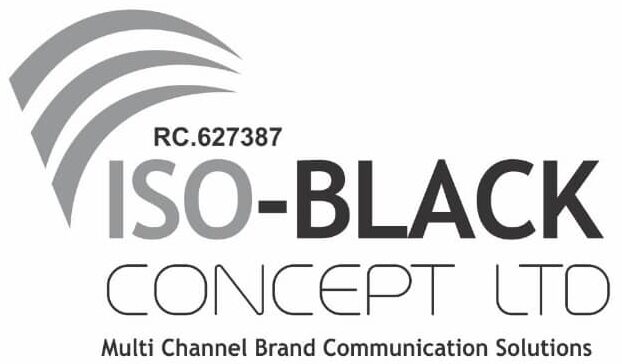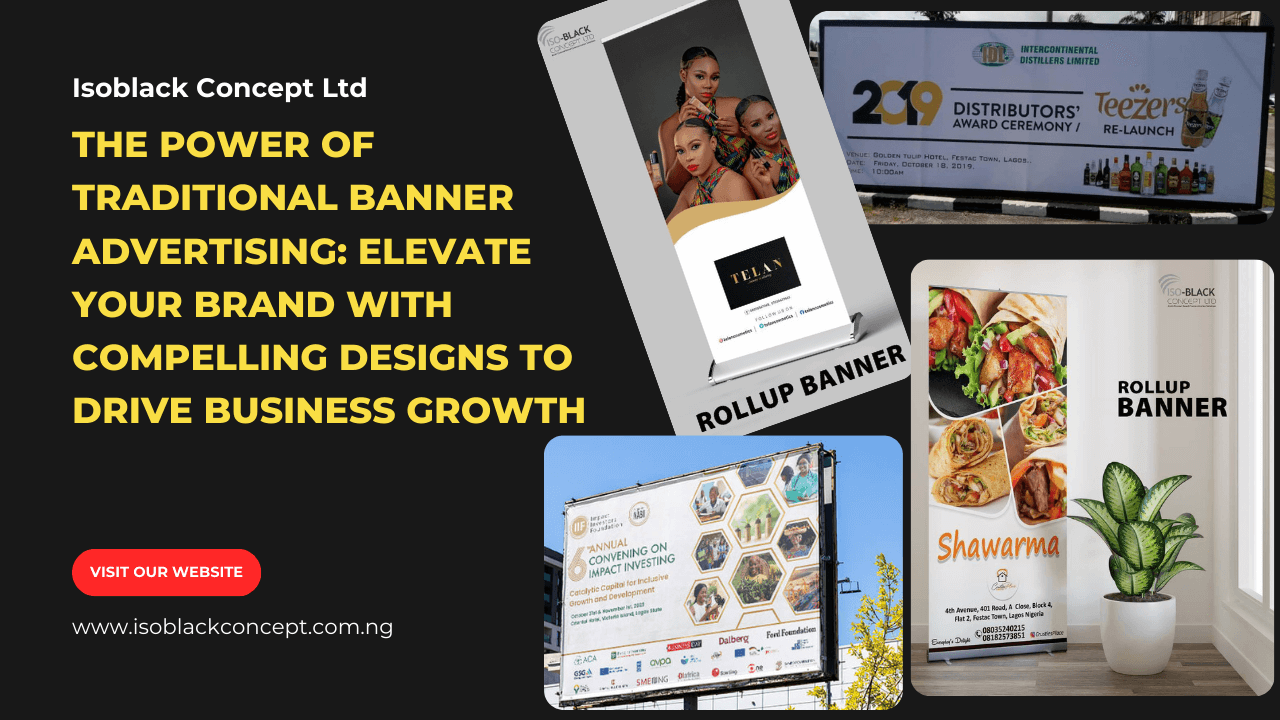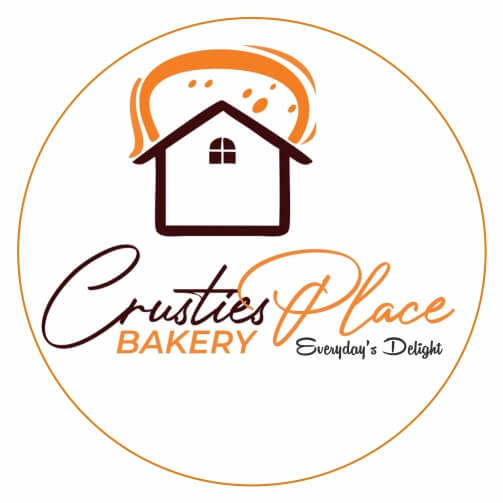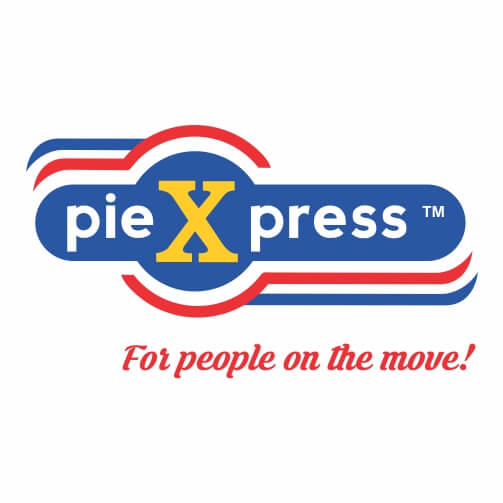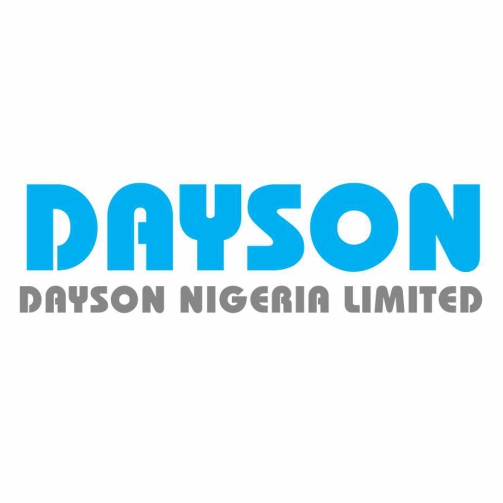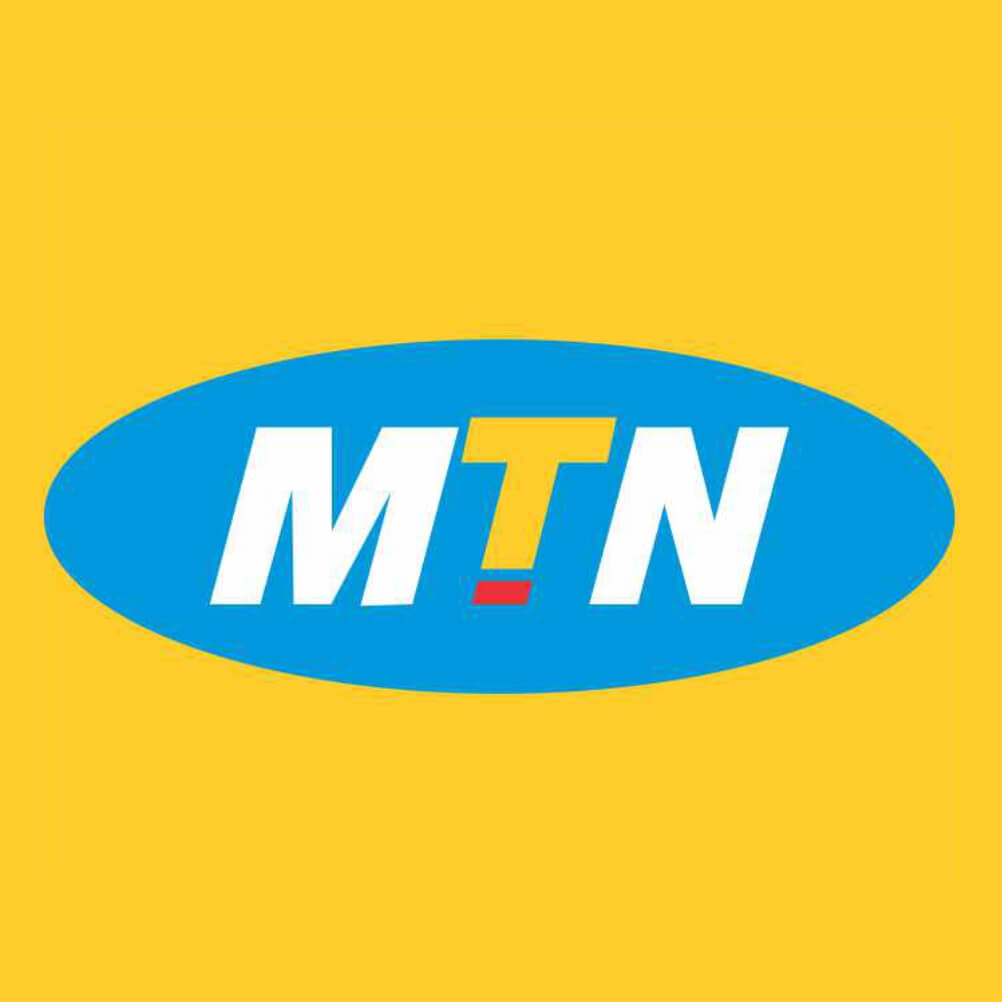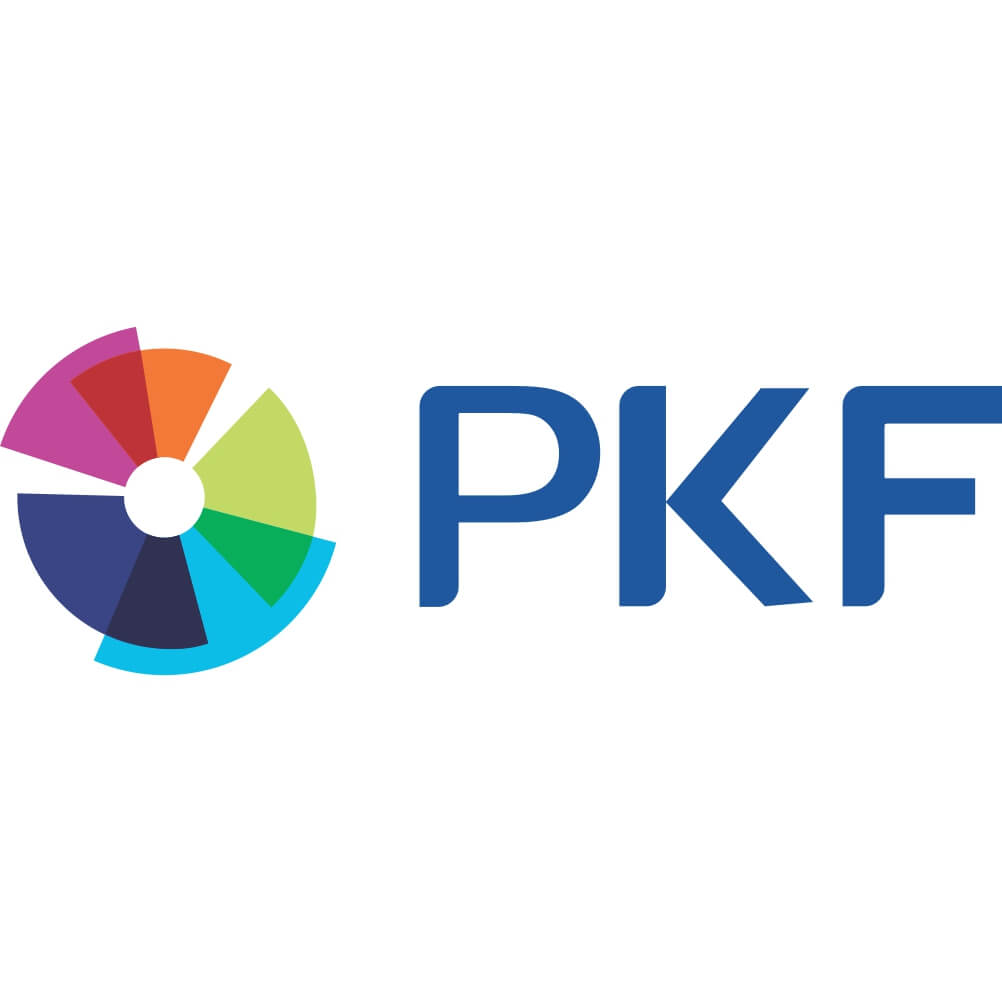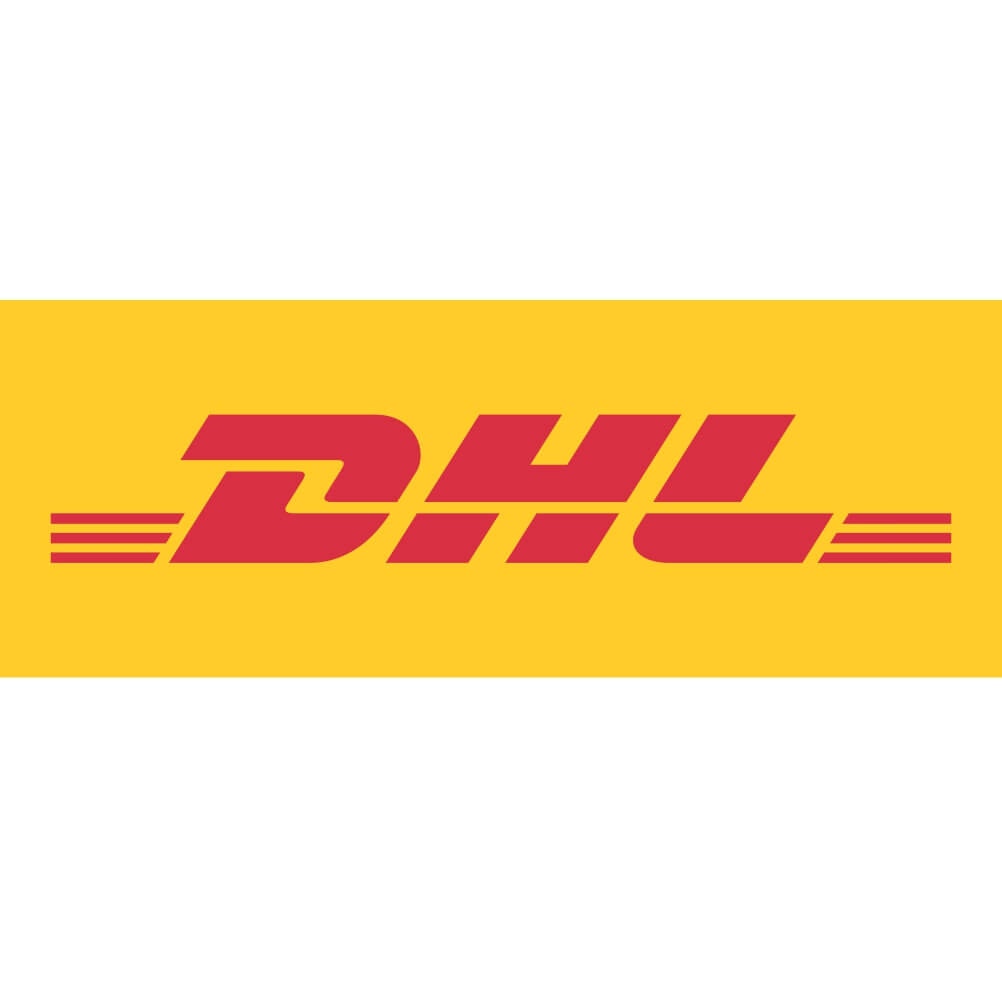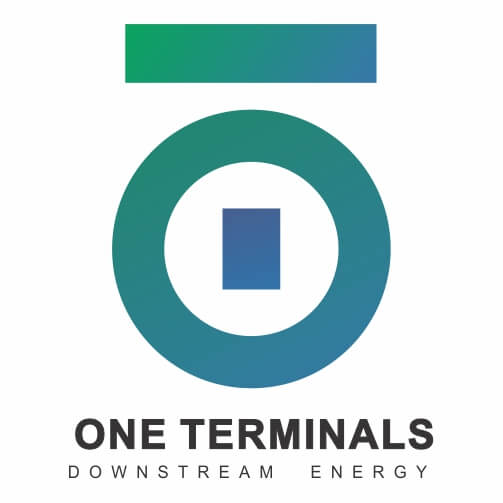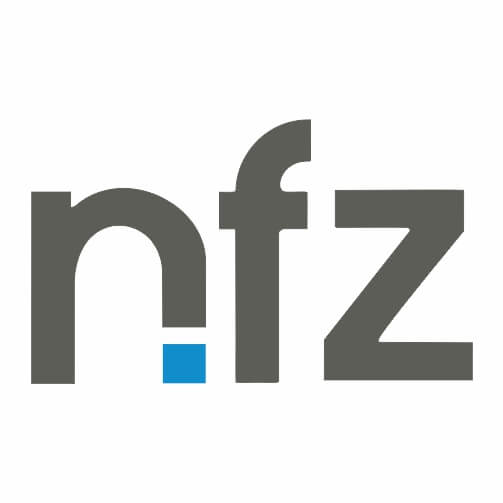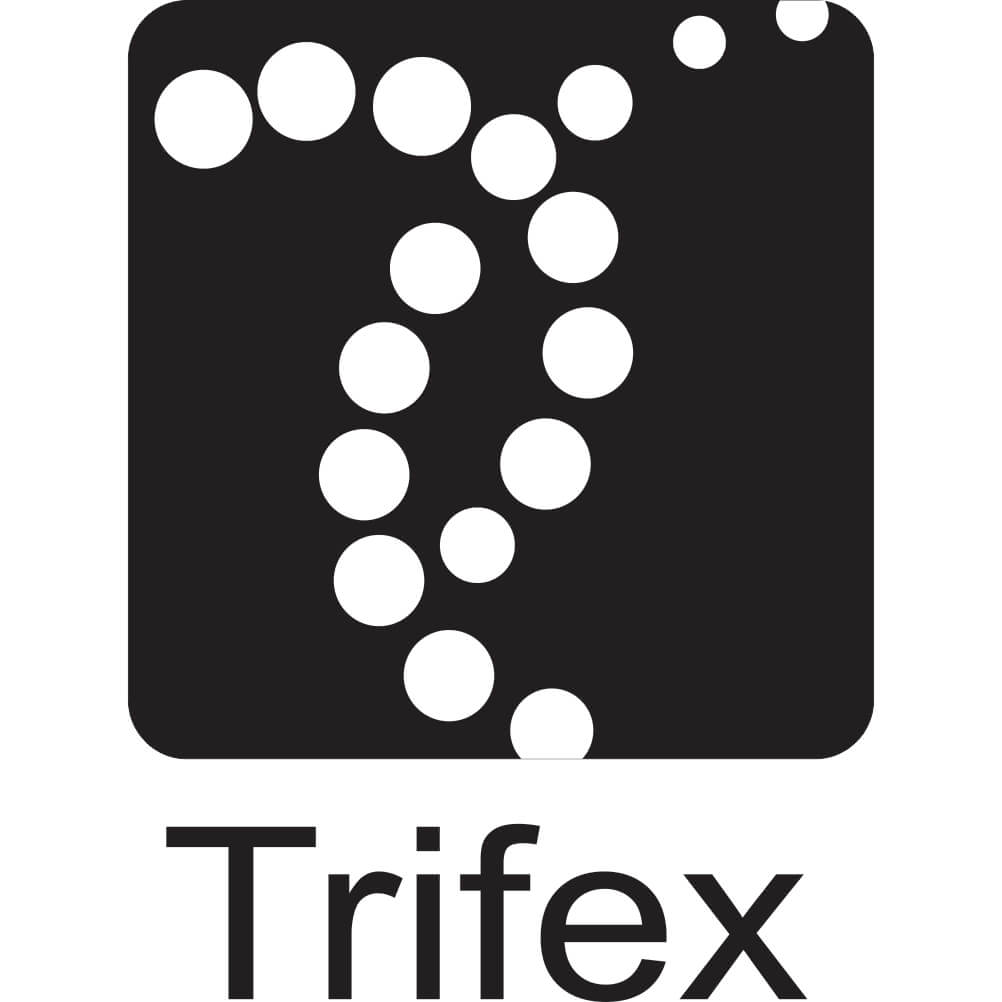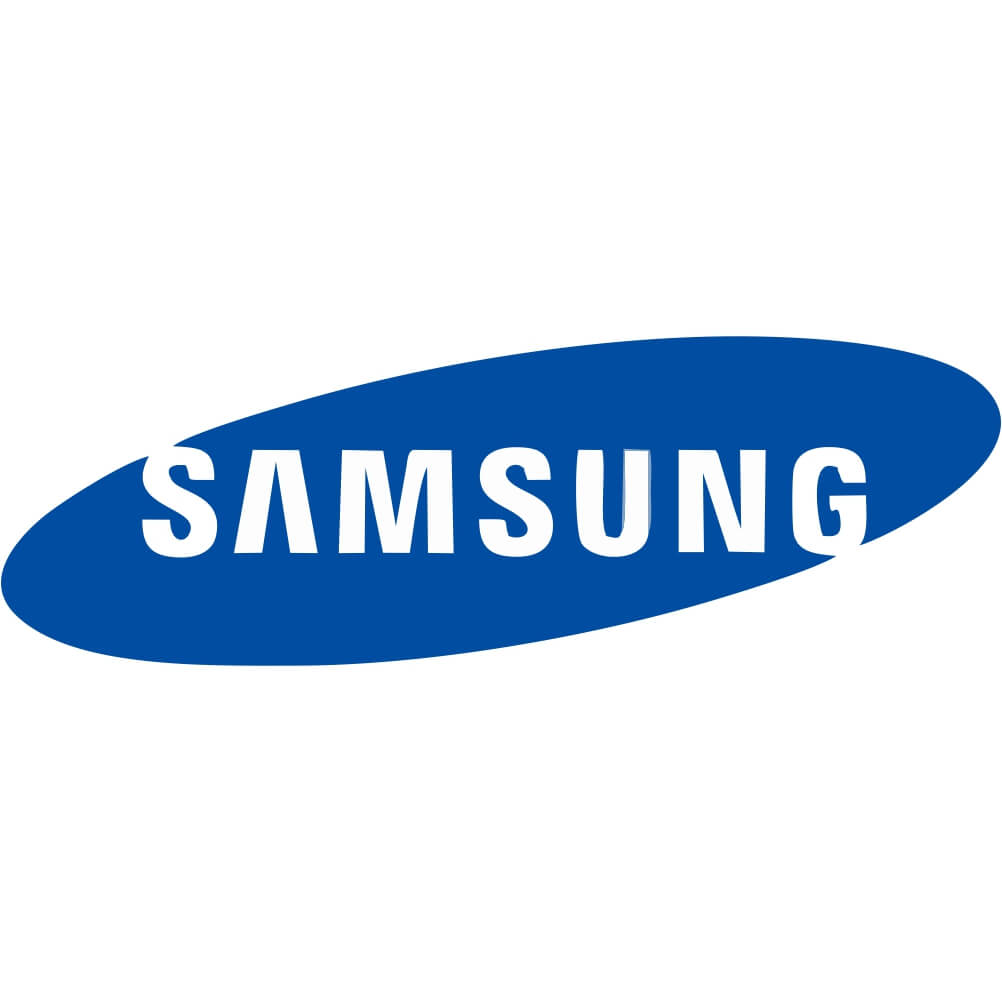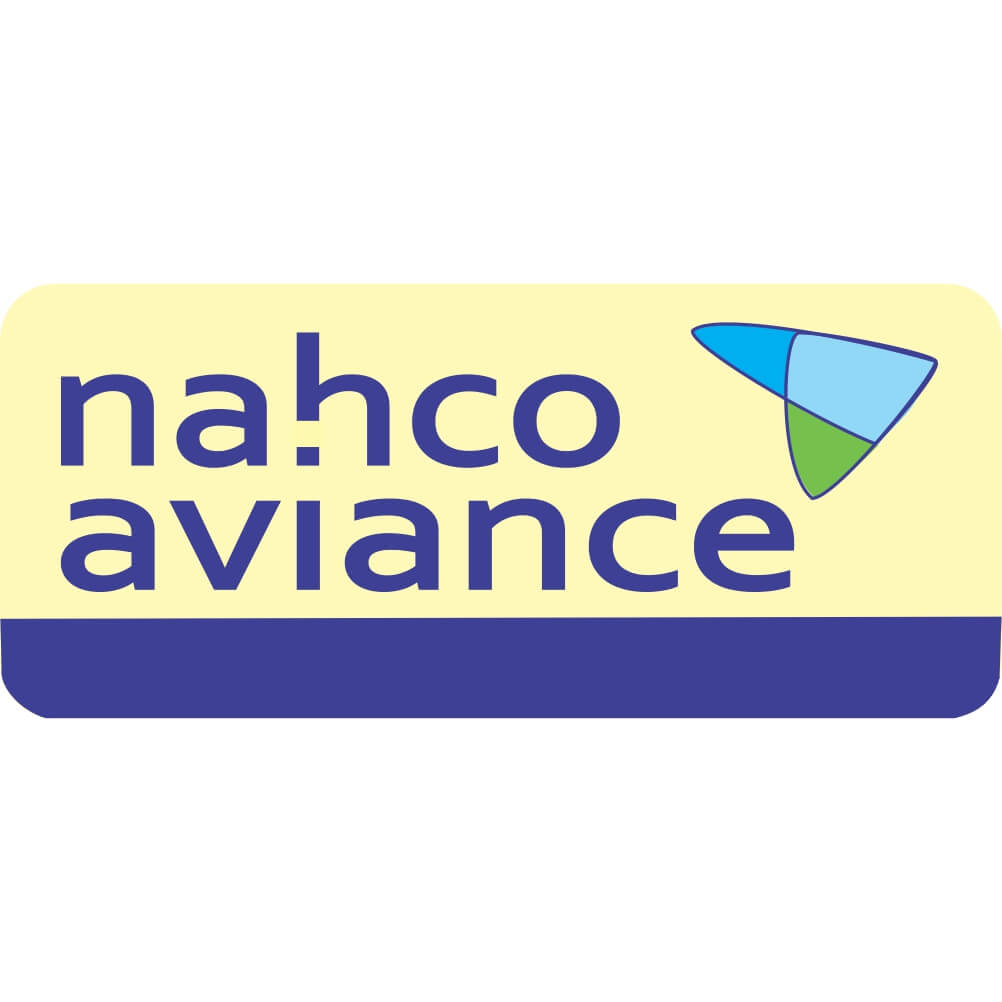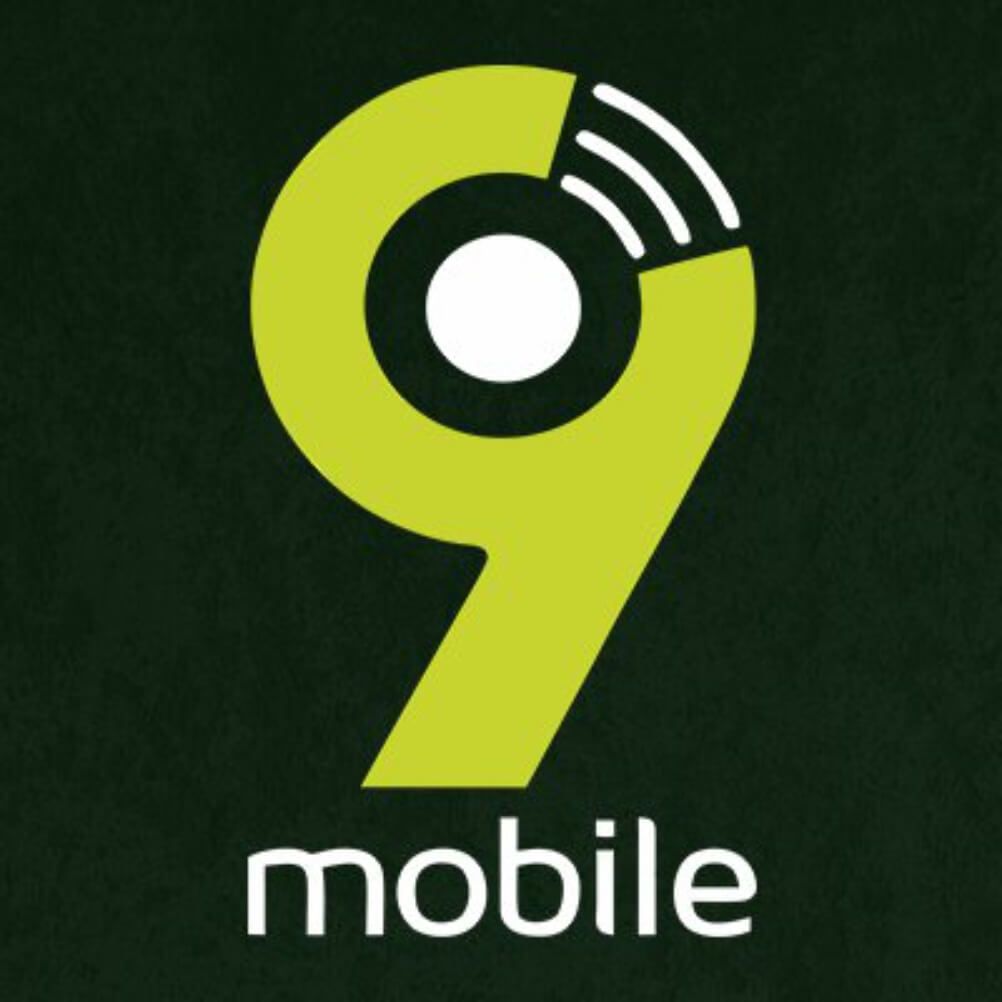1. Introduction to Traditional Banner Advertising
Traditional banner advertising has long been a staple in the marketing world, helping businesses elevate their brands and reach wider audiences. This article will delve into the definition and basics of traditional banner advertising, its evolution and continued relevance in the digital age, as well as the benefits it offers over digital alternatives.
Definition and Basics of Traditional Banner Advertising
Traditional banner advertising involves the display of graphical advertisements on various mediums, such as billboards, posters, and print publications. These banners typically feature eye-catching visuals and persuasive copy to capture the attention of potential customers. The goal is to create brand awareness and drive business growth by enticing individuals to take action.
Evolution and Continued Relevance in the Digital Age
While digital marketing strategies have gained immense popularity, traditional banner advertising still holds its ground. With its rich history and proven effectiveness, it continues to resonate with audiences in ways that digital alternatives cannot. In fact, traditional banner advertising has evolved to adapt to the digital age, finding new ways to reach and engage consumers in impactful ways.
Benefits of Traditional Banner Advertising over Digital Alternatives
One of the key advantages of traditional banner advertising is its ability to create a physical presence that facilitates consumer engagement. Unlike digital ads, which can be easily ignored or blocked, traditional banners occupy tangible spaces, capturing attention and leaving a lasting impression. Additionally, traditional banners offer unrivaled visibility, as they can be strategically placed in high-traffic areas where consumers are more likely to notice them.
2. Crafting Effective Banner Designs for Brand Impact
Designing compelling banners is essential for capturing the attention of your target audience and making a lasting impression. In this section, we will explore the crucial elements that contribute to effective banner designs.
Understanding Target Audience and Brand Identity
Before diving into the design process, it’s important to have a clear understanding of your target audience and brand identity. By knowing who your audience is and what resonates with them, you can create designs that speak directly to their needs and preferences. Aligning your designs with your brand identity ensures consistency and fosters brand recognition.
Captivating Attention with Compelling Visuals
Compelling visuals are the backbone of any successful banner design. To captivate attention, it’s important to use visuals that are visually stunning, emotionally appealing, and relevant to your brand. High-quality images, vibrant colors, and engaging graphics can make your banners stand out in a crowded advertising landscape. Consider incorporating visually striking elements that pique curiosity and urge the viewer to explore further.
Utilizing Effective Copywriting and Messaging
In addition to captivating visuals, the messaging in your banner plays a crucial role in influencing viewer engagement. Effective copywriting should be concise, persuasive, and tailored to your target audience. Craft a compelling message that highlights the unique selling points of your brand or product, while also creating a sense of urgency or appeal to the viewer’s emotions. A well-crafted call-to-action can further encourage the viewer to take the desired action.
3. Leveraging Placement and Contextual Relevance
The placement of your banners and their contextual relevance can greatly impact their effectiveness. In this section, we will explore strategies for selecting the right placement and integrating banners into relevant contextual environments.
Selecting the Right Location for Banner Placement
Choosing the right location for banner placement is essential for ensuring maximum visibility. Consider high-traffic areas where your target audience is likely to be present. This could include busy streets, shopping centers, or public transportation hubs. By strategically placing your banners in these locations, you increase the likelihood of capturing the attention of potential customers and generating brand exposure.
Integrating Banners into Relevant Contextual Environments
To amplify the impact of your banner advertising, it’s important to integrate them into relevant contextual environments. For example, if you’re promoting a sports brand, placing banners at sporting events or sports-related venues can enhance their impact. By aligning your banners with the interests and activities of your target audience, you create a sense of relevancy that increases the likelihood of engagement and conversion.
Optimizing Banner Sizes for Different Platforms and Devices
With the rise of digital platforms, it’s crucial to optimize banner sizes for different devices and platforms. Consider the varying screen sizes of smartphones, tablets, and computers to ensure your banners are displayed in their optimal format. Responsive design techniques can be employed to adjust the banner size and layout dynamically, ensuring a seamless viewing experience across different devices.
4. Measuring Success and Achieving Business Growth
To gauge the effectiveness of your traditional banner advertising campaigns and achieve business growth, it’s important to set clear objectives and key performance indicators (KPIs). This section explores the steps you can take to measure success and optimize your campaigns for maximum return on investment (ROI).
Setting Clear Objectives and Key Performance Indicators (KPIs)
Before launching a traditional banner advertising campaign, it’s essential to define your objectives. Are you aiming to increase brand awareness, drive website traffic, or generate leads? Once your objectives are established, identify key performance indicators (KPIs) that align with those objectives. These could include metrics such as click-through rates, conversion rates, or increase in brand recognition.
Tracking and Analyzing Banner Performance Metrics
To effectively measure the success of your banner advertising campaigns, it’s imperative to track and analyze relevant performance metrics. Utilize analytics tools to monitor metrics such as impressions, clicks, and conversions. This data will provide valuable insights into the effectiveness of your banners and help identify areas for improvement or optimization.
Leveraging Data to Optimize Campaigns and Maximize ROI
With the insights gathered from tracking performance metrics, you can optimize your banner advertising campaigns for maximum ROI. Refine your targeting strategies, experiment with different designs or messaging, and make data-informed decisions to continually enhance the effectiveness of your campaigns. Adapting and iterating based on data-driven insights will ensure that your banners consistently deliver results and contribute to business growth.
5. The Future of Traditional Banner Advertising
As the marketing landscape continues to evolve, traditional banner advertising is also undergoing transformation. In this section, we will explore the trends, innovations, and the integration of traditional and digital advertising strategies.
Trends and Innovations in Traditional Banner Design
Traditional banner design is constantly evolving to keep up with changing consumer preferences and technological advancements. Innovations in materials, printing techniques, and interactive elements are shaping the future of traditional banners. From holographic displays to motion-activated designs, the possibilities for creating captivating and memorable banners are expanding.
Integration of Traditional and Digital Advertising Strategies
The integration of traditional and digital advertising strategies opens up new possibilities for reaching larger audiences and maximizing brand impact. By combining the strengths of both approaches, businesses can create cohesive, multi-channel campaigns that engage consumers across various touchpoints. This integration allows for greater personalization, increased brand exposure, and improved ROI.
Long-term Viability and Effectiveness of Traditional Banner Advertising
Despite the rise of digital marketing, traditional banner advertising continues to demonstrate its long-term viability and effectiveness. The physical presence and tangible nature of banners leave a lasting impression on viewers, offering a unique advantage over digital ads. The ability to strategically place banners in targeted locations, combined with compelling design and messaging, ensures that traditional banner advertising remains a powerful tool for elevating brands and driving business growth.
Summary
Traditional banner advertising remains a powerful marketing tool that can elevate your brand and drive business growth. By crafting compelling designs, leveraging placement and contextual relevance, measuring success, and embracing the integration of traditional and digital strategies, you can harness the power of traditional banner advertising to captivate your audience, increase brand recognition, and achieve long-term success.
Key Takeaways for Elevating Brand Recognition and Business Growth
- Understand your target audience and brand identity to create effective banner designs.
- Captivate attention with visually striking and emotionally appealing visuals.
- Craft persuasive and concise messaging to influence viewer engagement.
- Select the right locations and integrate banners into relevant contextual environments.
- Optimize banner sizes for different devices and platforms.
- Set clear objectives and KPIs to measure success.
- Track and analyze performance metrics to optimize campaigns.
- Leverage data to continually optimize and maximize ROI.
- Embrace trends and innovations in traditional banner design.
- Integrate traditional and digital advertising strategies for cohesive campaigns.
- Recognize the long-term effectiveness and viability of traditional banner advertising.
FAQs:
- Are traditional banner ads still effective in the age of digital marketing?
Traditional banner ads continue to be effective in the age of digital marketing due to their physical presence and ability to capture attention in high-traffic areas. While digital marketing has its advantages, traditional banner ads offer unique benefits and are an important component of a comprehensive marketing strategy.
- How can I create compelling designs for my banner ads?
To create compelling designs for your banner ads, start by understanding your target audience and brand identity. Use visually striking visuals, vibrant colors, and engaging graphics that are relevant to your brand. Craft persuasive copy that highlights your unique selling points and creates a sense of urgency or emotional appeal.
- What are some tips to measure the success of traditional banner advertising campaigns?
To measure the success of traditional banner advertising campaigns, set clear objectives and key performance indicators (KPIs). Track metrics such as impressions, clicks, conversions, and brand recognition. Use analytics tools to gather data and analyze performance to make data-driven decisions and optimize your campaigns.
- Is it possible to integrate traditional banner advertising with digital strategies for better results?
Yes, integrating traditional banner advertising with digital strategies can lead to better results. By combining the strengths of both approaches, businesses can create cohesive, multi-channel campaigns that engage consumers across various touchpoints. This integration allows for greater personalization, increased brand exposure, and improved ROI.
- How can traditional banner advertising contribute to long-term business growth?
Traditional banner advertising contributes to long-term business growth by creating brand awareness, capturing attention, and fostering brand recognition. The physical presence and tangible nature of banners leave a lasting impression on viewers, while strategic placement, compelling design, and messaging drive viewer engagement. By consistently leveraging traditional banner advertising, businesses can establish a strong brand presence and drive sustained business growth.
